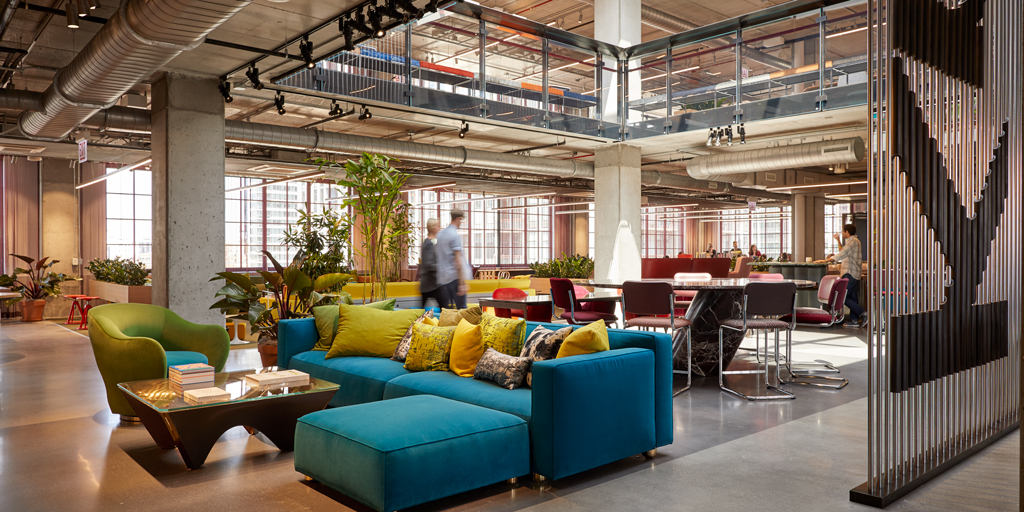
Crossing the Frontier: Knoll’s Bold Design Statement
Sometimes the best design is the one that makes a simple, clear, bold statement.
That’s exactly what Knoll did when they were the first design manufacturer to leave Chicago’s historic Merchandise Mart for the up-and-coming West Loop / Fulton Market district. For a firm that has made its name among a small cadre of renowned design and manufacturing upstarts in the historic building, it was a signal that they were ready to embrace a new chapter in an already illustrious history. Since the move, Knoll has precipitated a major shift in the regionality of Chicago’s design market, opening a frontier of possibilities as the terrain of urban manufacturing undergoes radical transformations.
We went over to Knoll’s new Fulton Market digs with Knoll Architecture and Design Manager Jennifer Graham and discussed their trendsetting move, what the new space means for the future of the company and how their mission aligns with Chicago’s illustrious design tradition.
Chicago Ideas: What prompted Knoll to move from the Merchandise Mart to Fulton Market? Why was this move significant?
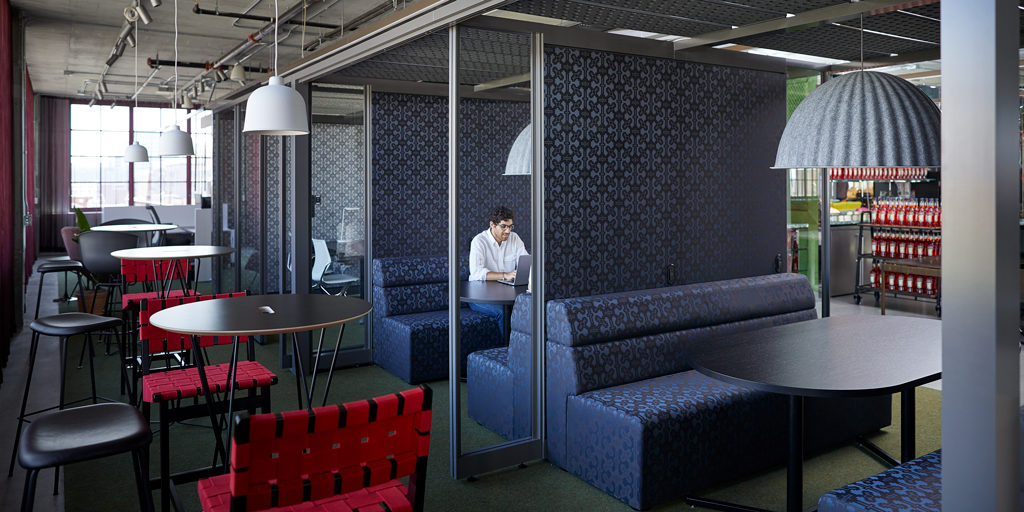
Jennifer Graham: Knoll is the first Mainline Manufacturer to leave the Merchandise Mart and River North. As business has evolved over the decades, (we had been in the Mart since 1953) clients have come to understand that brand and culture are two attributes that help companies differentiate themselves and attract employees to their mission.
Since our founding 80 years ago, Knoll has contributed to the vitality of reimagined neighborhoods that attract both the design community and creative individuals alike. At Fulton Market we created a space that is our own, in a neighborhood that has the same grassroots grit and entrepreneurial spirit that defines what it means to be a pioneering leader, like our founder Florence Knoll.
With this move, we brought design to the fastest growing neighborhood in Chicago, serving as an anchor to the district and contributing to neighborhood growth. Knoll’s commitment to design is celebrated here through architecture and materiality.
CI: What makes your new space in Fulton Market unique?
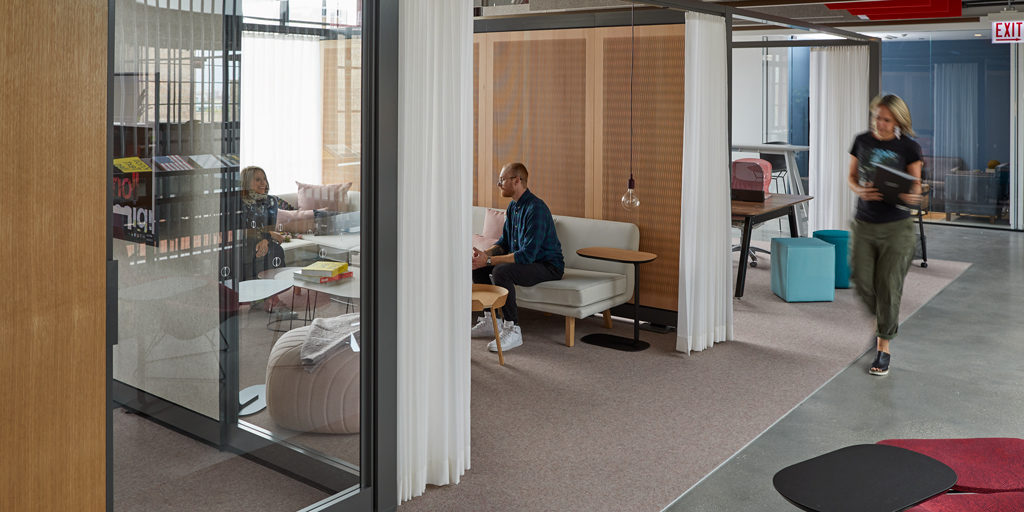
JG: For 80 years Knoll has been focused on people and their environments and how their environments impact what they do. 811 W Fulton Market was designed with people in mind. Our guests are greeted at a stunning and welcoming bar, where we highlight the impact of materials. We filled our interior with unique artwork, a beautiful skylight and a variety of spaces that support work, life, and play.
CI: How does the new space bring Knoll’s core values to life?
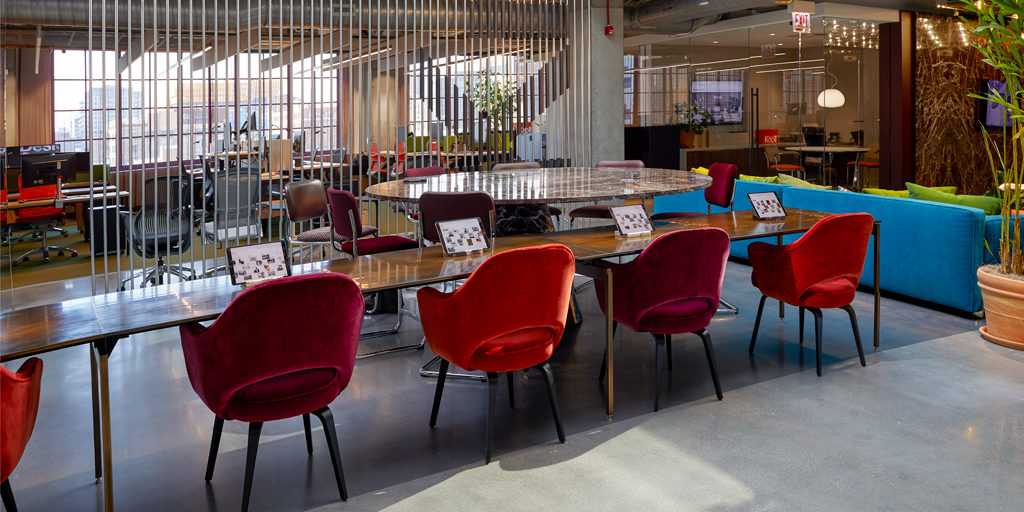
JG: Our founder Florence Knoll believed in a holistic approach when designing spaces for her clients or when designing products that would occupy spaces for years to come. Knoll at Fulton Market reflects Florence Knoll’s pioneering “total design” perspective, which channeled the power of good design and blurred the lines between workplaces and homes. Our new space is the ideal setting for Knoll to present a transformative view of how we work and live today. We are what we do as much as what we make.
CI: What are your hopes for this space moving into the future?
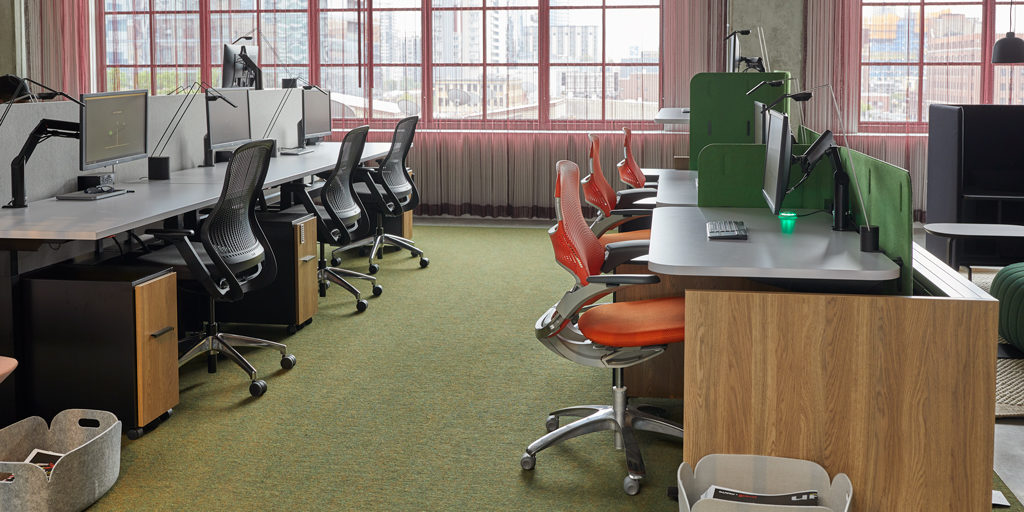
JG: This space was designed to evolve and change with emerging market needs. The open interior designed by Gensler is a timeless envelope that allows Knoll to express its culture and showcase its product offerings. This space is a special flagship location for Knoll and much of the concepts that we see here will be replicated across our other locations.
CI: How does Knoll’s new chapter align with Chicago’s illustrious design past?
JG: The city of Chicago is steeped in groundbreaking design and architecture, from the geometric skyscrapers by Ludwig Mies van der Rohe to the highly ornamented Auditorium theater by Dankmar Adler and Louis Sullivan. Furthermore, after leaving the Architectural Association in London, Florence Knoll ended up at the Illinois Institute of Technology under the mentorship of Mies. Needless to say, the company’s history is very much tied to Chicago, which is why this new chapter places such an emphasis on Florence Knoll’s perspective of “total design” – an approach adapted from the teaching of Mies and other Bauhaus masters.




